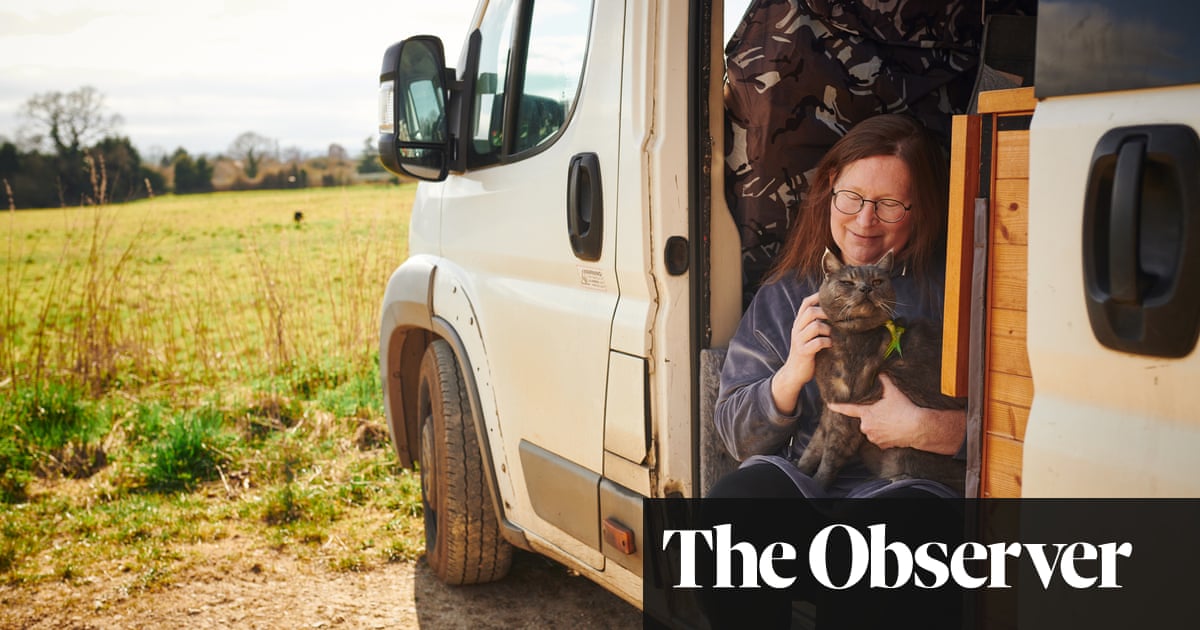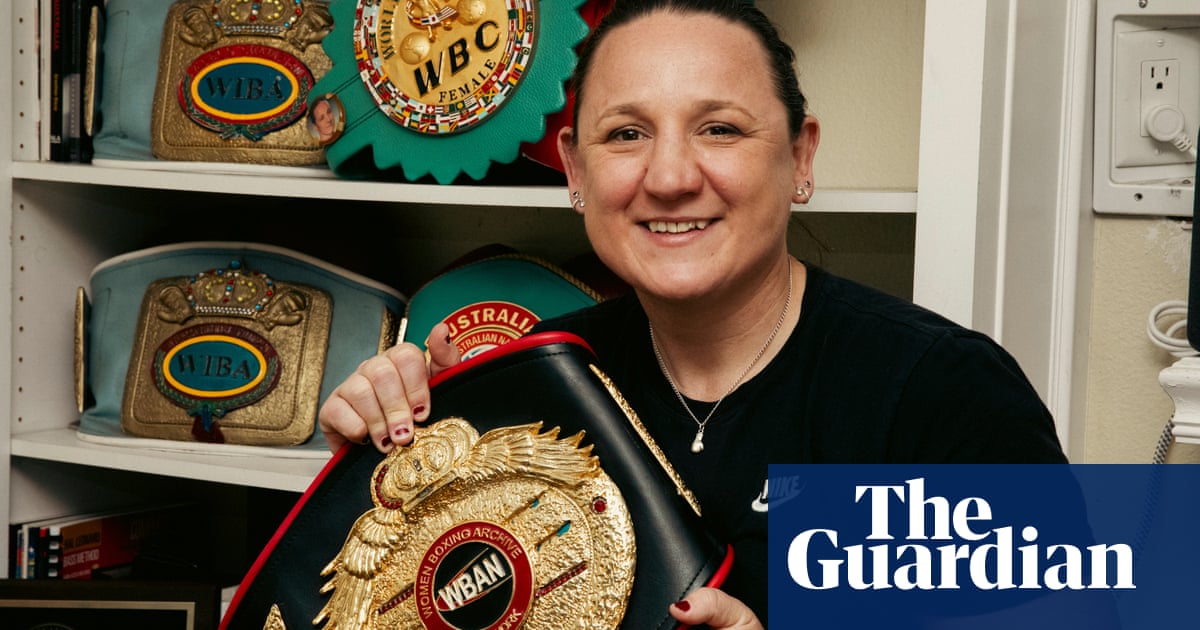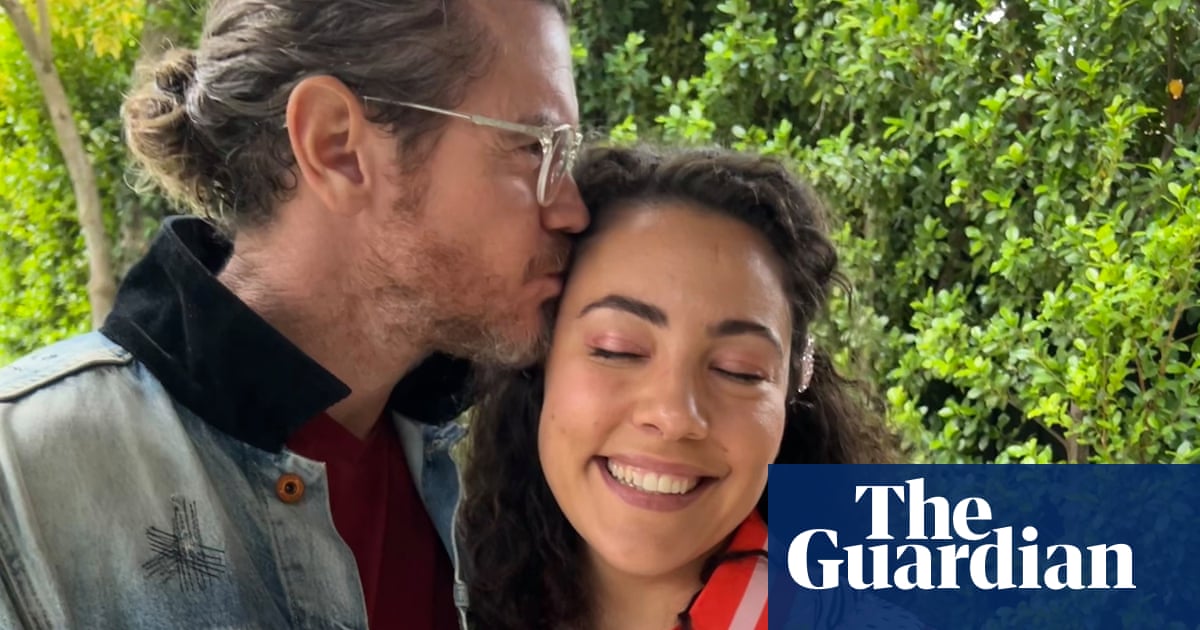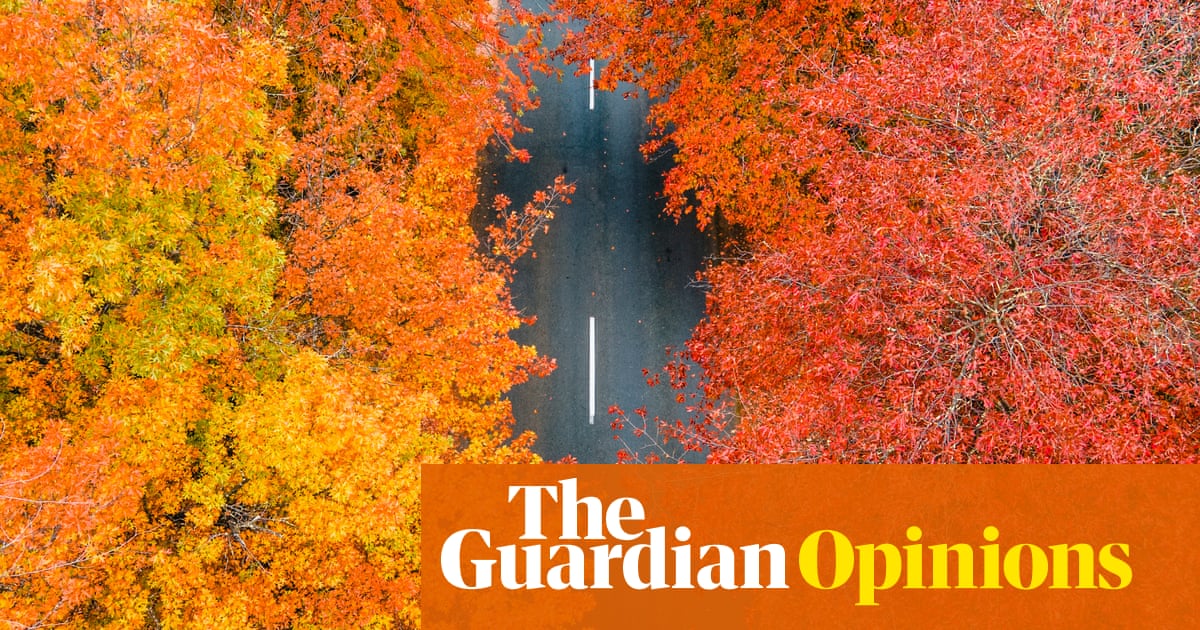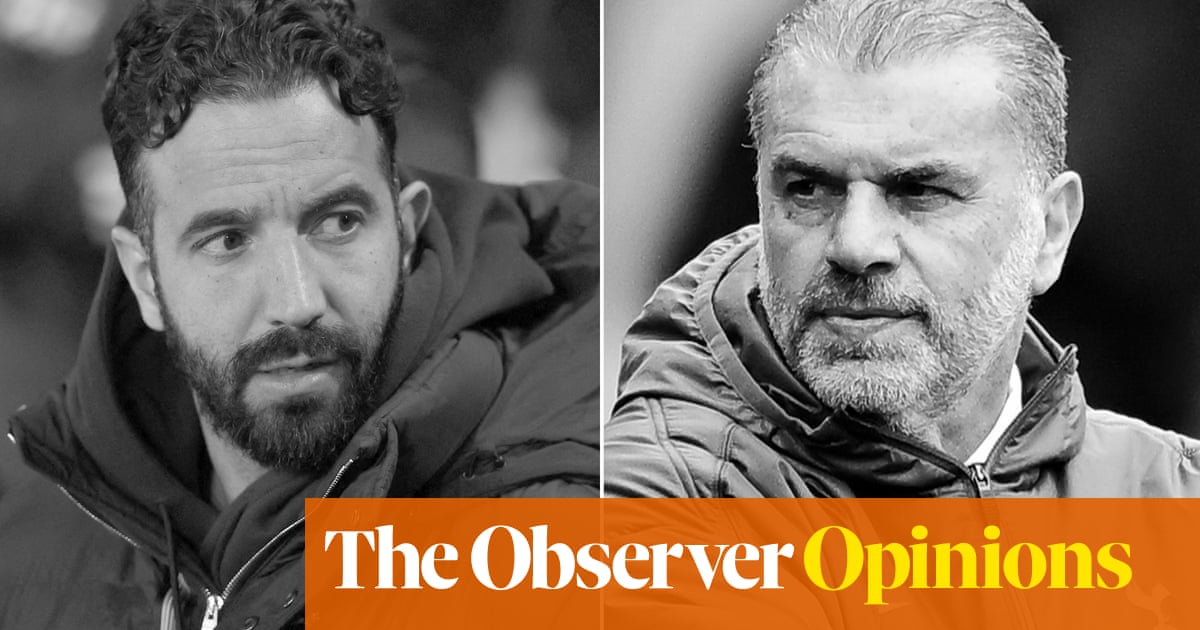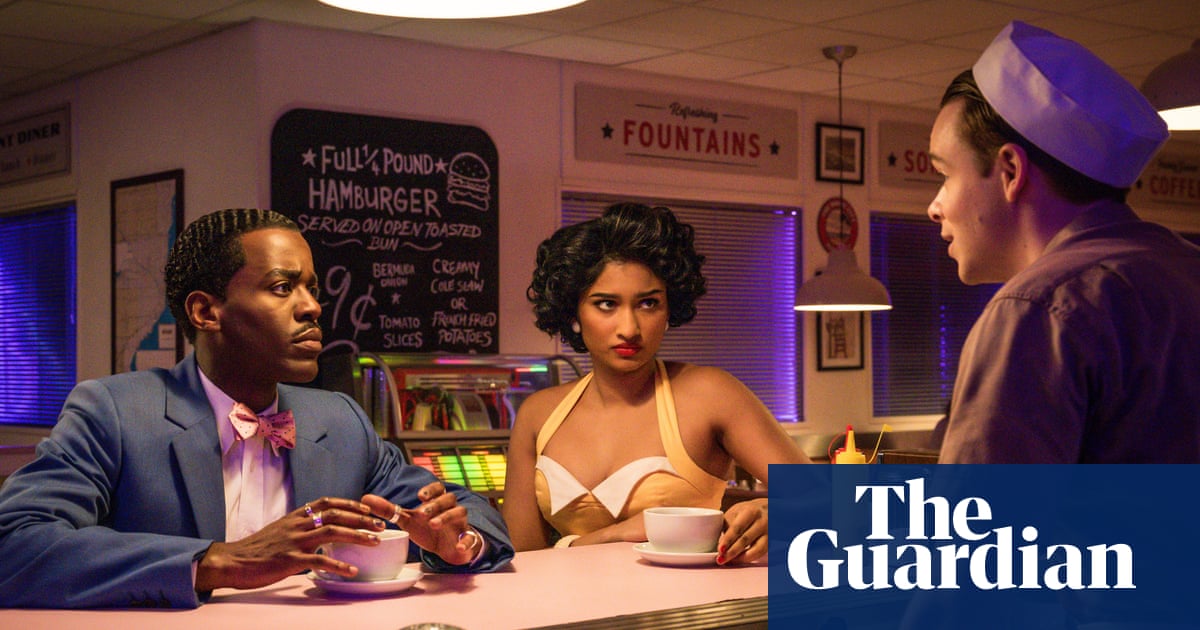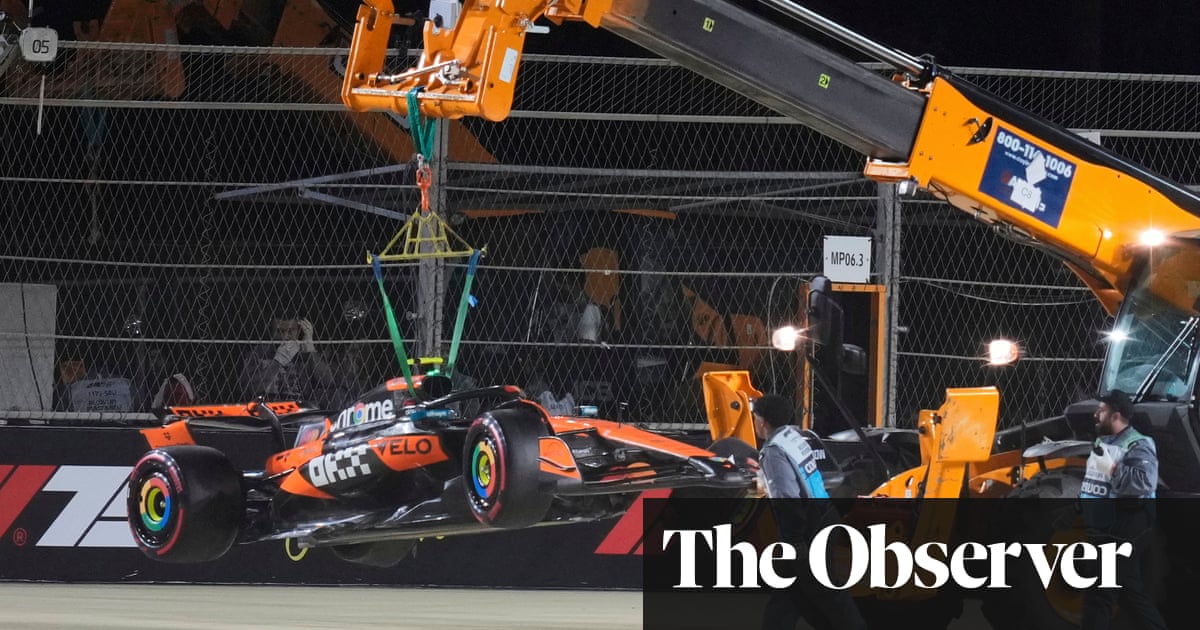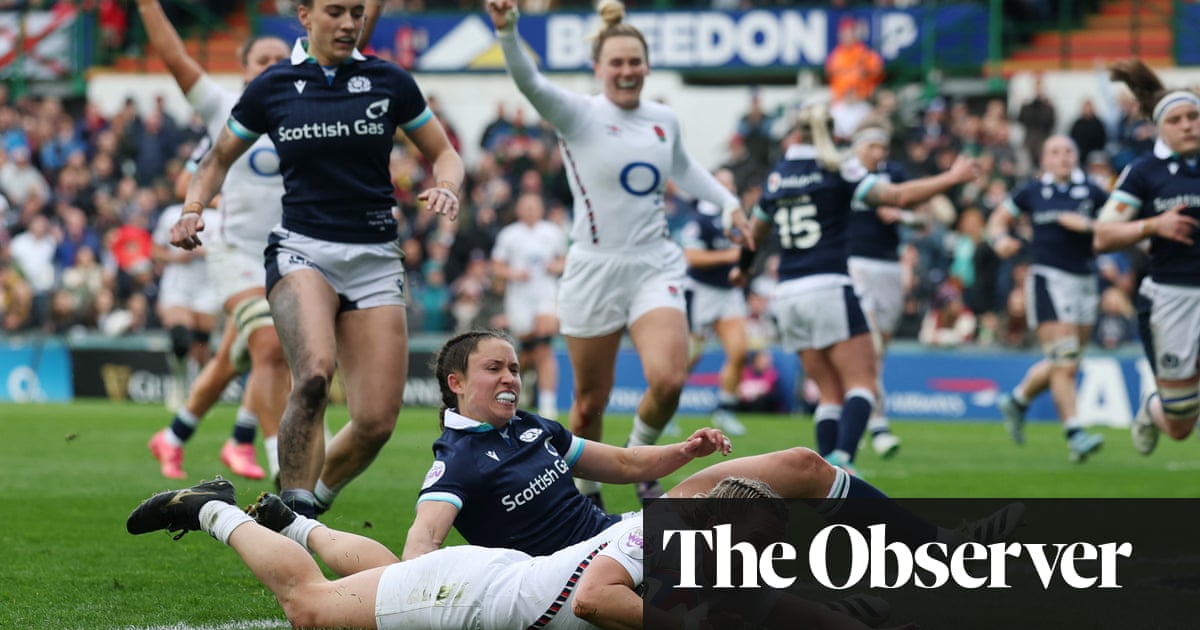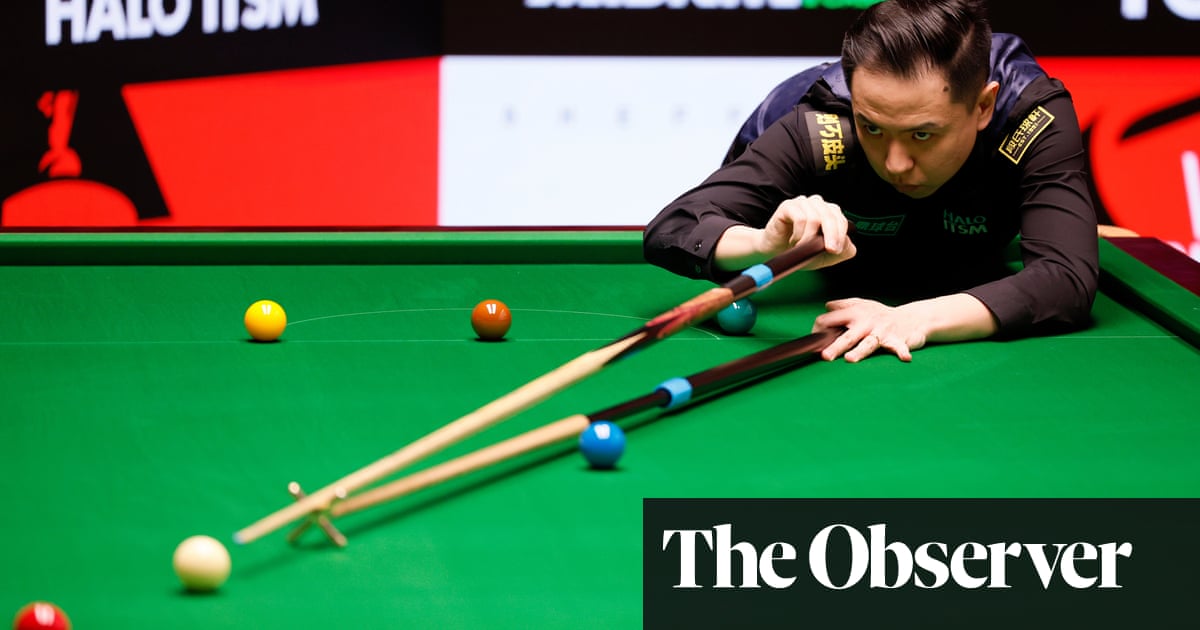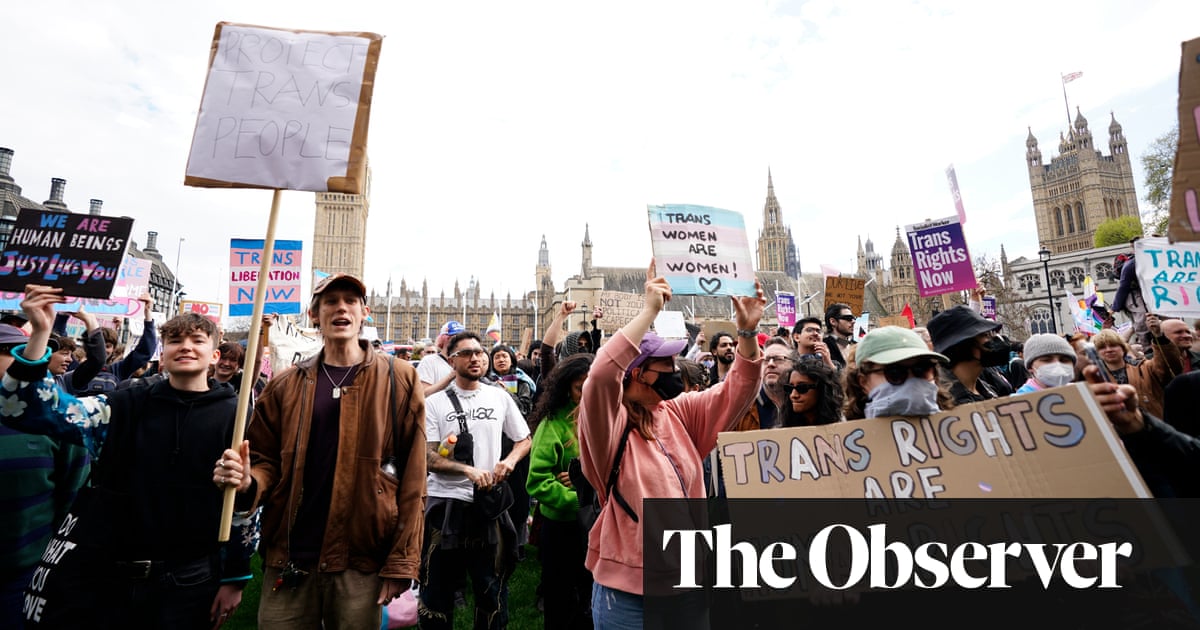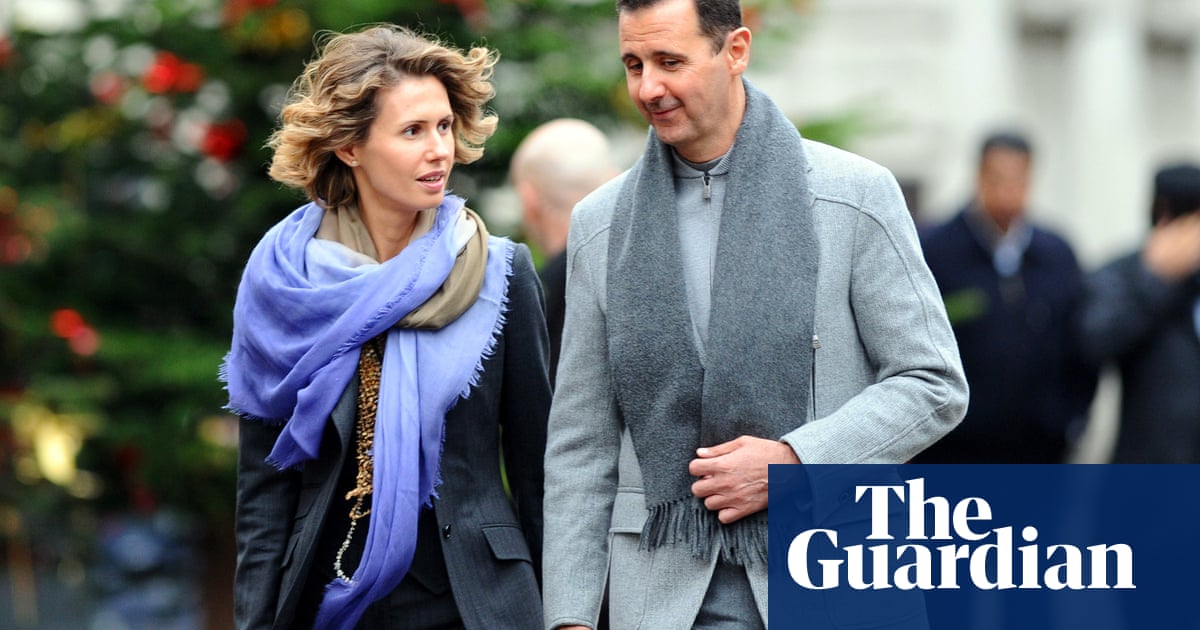On a clear summer’s day in Cape Town, the Milnerton Lagoon was serene, reflecting the bright blue sky and Table Mountain. But there was an unmistakable stench, and up close, the water was murky.
A few hundred metres away, adults and children played in the water as it flowed into Table Bay. On the boardwalk, a sign read: “Polluted water: for health reasons, swimming and recreational activities are at your own risk.”
“I woke up at midnight from the sewage smell,” said Caroline Marx, who lives in a property overlooking the lagoon and has been campaigning against the pollution since 2013. “They had this catastrophic pollution [in 2020] where the lagoon went grey, milky, it stank like you can’t believe. And when it finally cleared everything was dead … Every time it recovers, there’s another spill.”
Marx, a former pharmacist, is part of Rethink the Stink, a citizen science group locked in a feud with Cape Town authorities, which, they claim, should be doing more to stop the waters around the city of nearly 5 million people from being polluted with sewage.
The city authorities have rejected most of the group’s claims, accusing two members of being “longtime antagonists” in written replies. It said it was spending billions of rand on infrastructure, including 7.2bn rand (£305m) on upgrading two wastewater treatment works.
Zahid Badroodien, the mayoral committee member for water and sanitation, said: “Multiple targeted interventions are under way to mitigate the impact of the recent sewage pollution incidents impacting the Milnerton Lagoon.”
Tempers flared around the new year, when Rethink the Stink released data from November and December, showing elevated levels of enterococci and E coli bacteria, which can indicate faecal contamination, at two “blue flag” beaches (blue flag is a global, voluntary standard for clean beaches).
The Project Blue report, “a limited, citizen-driven investigation”, found enterococci above the city’s “sufficient” water-quality level on one of the four dates it sampled seawater at Camps Bay beach and two of three dates at Clifton Fourth beach.
City authorities argued that one of the laboratories used was only government-accredited for testing for E coli in potable and effluent water, while the other was accredited for testing saline not seawater.

The South African National Accreditation System said: “Accreditation is very specific not generic … Sanas cannot comment on unaccredited methods.” Rethink the Stink said the laboratories stood by their results.
The deputy mayor, Eddie Andrews, said the city’s monitoring was the most transparent and comprehensive in South Africa. “The results of hundreds of samples showed consistently high water quality at designated swimming areas during the peak festive tourism period.”
Another flashpoint is Cape Town’s three marine outfalls that pump 28m litres of partially treated wastewater into the sea on average daily, about a mile from shore at depths of 20-40 metres.
Leslie Petrik, an emeritus chemistry professor at the University of the Western Cape (UWC) and a Project Blue co-author, became involved with Rethink the Stink after she began finding high levels of pharmaceutical and other chemicals in marine organisms such as mussels and starfish, which she blames on the outfalls and the poor state of wastewater treatment plants.
after newsletter promotion

Andrews, the deputy mayor, said: “The city has published 10 years of extensive monitoring, reporting and analyses from independent experts … Detailed numerical dispersion modelling shows that South African water quality guidelines are not exceeded anywhere along the shoreline due to the effluent from the marine outfalls.”
The city’s reporting found the outfalls exceeded permitted limits for “suspended solids”, arsenic and zinc several times from October to December 2024.
At Strand beach on the eastern side of False Bay, the fetid-smelling Soet river flowed into the surf. A faded sign at the beach’s edge warned of pollution for 150 metres on either side of the river.
Jo Barnes, an epidemiologist at Stellenbosch University, donned waders, two layers of gloves and a face shield to wade into the waves with a sterilised plastic bottle, demonstrating how volunteers took samples for Project Blue, which she co-wrote with Petrik.

Barnes and Jamii Hamlin, a bare-footed surfer, lifeguard and fellow volunteer, said much of the blame for the pollution lay with the lack of sanitation and rubbish-collection for informal settlements higher upriver.
The city provides almost 54,000 toilets for the 170,000 households in its 526 informal settlements. But many toilets are on the edge of settlements, so people use buckets instead, said Sumaya Clarke, a senior lecturer in environmental and water science at UWC.
Clarke said: “The city is doing what it can. I’m not sure if it’s enough.”

.png) 2 days ago
8
2 days ago
8

